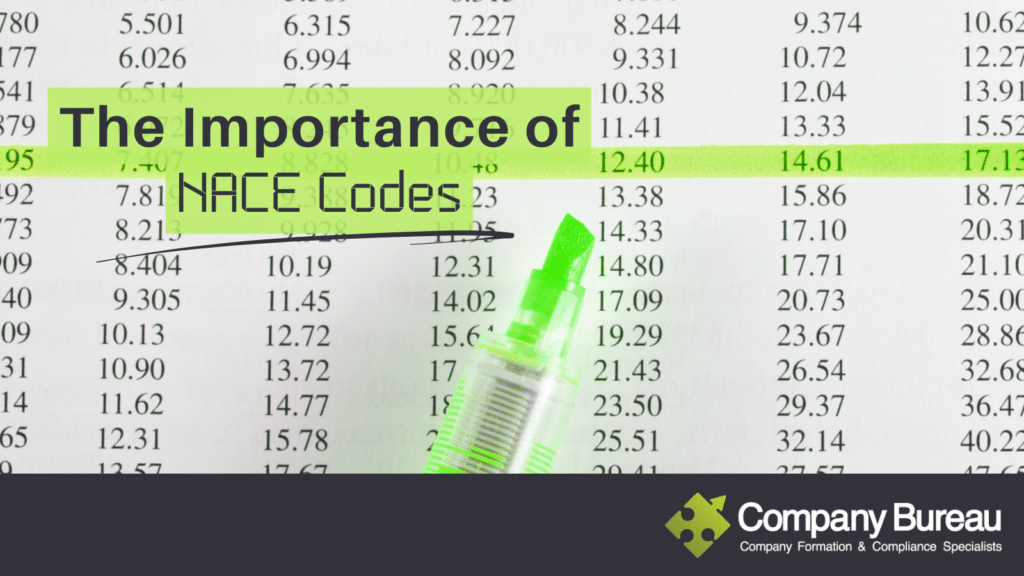What is NACE Code? A Comprehensive Guide

The NACE code, short for “Nomenclature of Economic Activities,” is a standardized classification system used in the European Union to categorize businesses based on their economic activities. This coding system plays a crucial role in various sectors, including statistics, research, and policy-making, helping organizations and governments analyze economic performance and structure.
A Brief History of NACE
The NACE classification was introduced in 1970 by the European Commission to provide a common framework for collecting and presenting economic data across EU member states. It has undergone several revisions, with the latest version, NACE Rev. 2, implemented in 2008. The system ensures consistency and comparability in economic statistics, facilitating better analysis of trends and developments across various industries.
Structure of NACE Codes
NACE codes are hierarchical and consist of up to five levels:
- Section: The broadest category, represented by a letter (A to U) that denotes the main economic sectors.
- Division: A more specific category, represented by two-digit codes (e.g., 01 for Agriculture, 02 for Forestry).
- Group: Further breakdown of divisions, represented by three-digit codes (e.g., 011 for Growing of cereals).
- Class: The most detailed level, represented by four-digit codes (e.g., 0111 for Growing of wheat and spelt).
- Subclass: The most granular level, represented by five-digit codes (specific activities within a class).
Importance of NACE Codes
- Economic Analysis: NACE codes enable governments and organizations to analyze economic trends and performance across different sectors.
- Statistical Reporting: They provide a uniform framework for reporting statistical data, ensuring consistency across various studies and reports.
- Policy Development: Policymakers use NACE codes to design and implement targeted economic policies based on industry performance.
- Market Research: Businesses utilize NACE codes for market analysis, helping them identify trends, competitors, and potential opportunities.
How to Find Your NACE Code
Finding your NACE code is relatively straightforward:
- Visit the official NACE website.
- Use the search function to find your specific economic activity by entering keywords related to your business.
- Browse the list of categories and select the most appropriate code that matches your primary economic activity.
NACE Codes vs. Other Classification Systems
Several classification systems exist globally, and it’s essential to understand how they compare with NACE codes:
| Classification System | Geographic Scope | Purpose |
|---|---|---|
| NACE | European Union | Classifies economic activities for statistical purposes |
| NAICS | United States, Canada, Mexico | Classifies business establishments for statistical purposes |
| ISIC | International | Classifies economic activities globally |
Conclusion
The NACE code is an essential tool for classifying economic activities within the European Union. Its structured approach provides a comprehensive framework for analyzing industries, aiding statistical reporting, and shaping economic policies. Understanding NACE codes is vital for businesses and policymakers alike, ensuring informed decision-making based on accurate economic data.
Get Started with NACE Codes
If you are a business owner or entrepreneur, make sure you have your NACE code handy. This classification can help you understand your market position and engage effectively with regulatory bodies. Share your experiences with NACE codes in the comments below!
